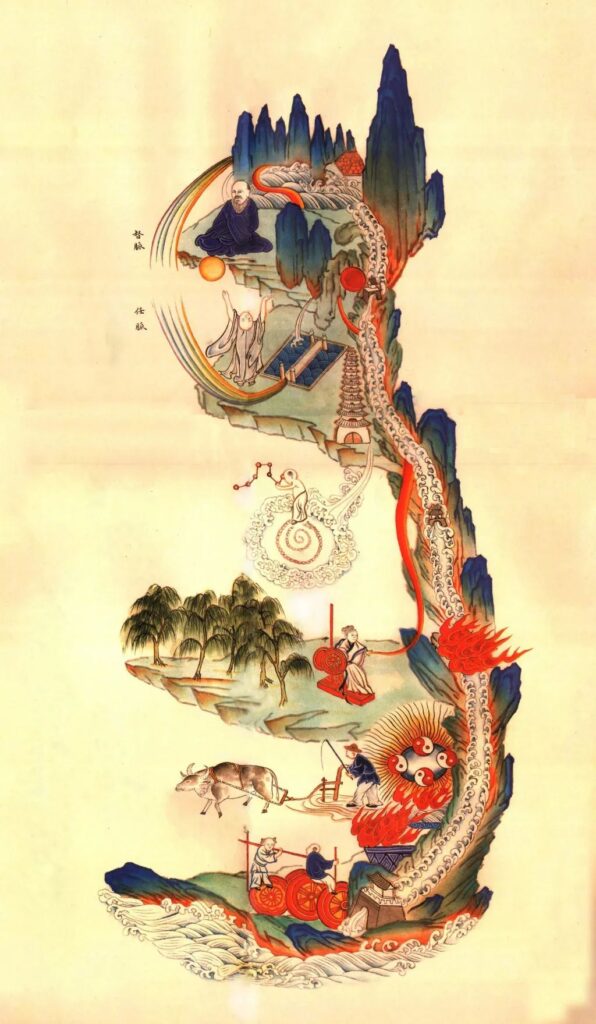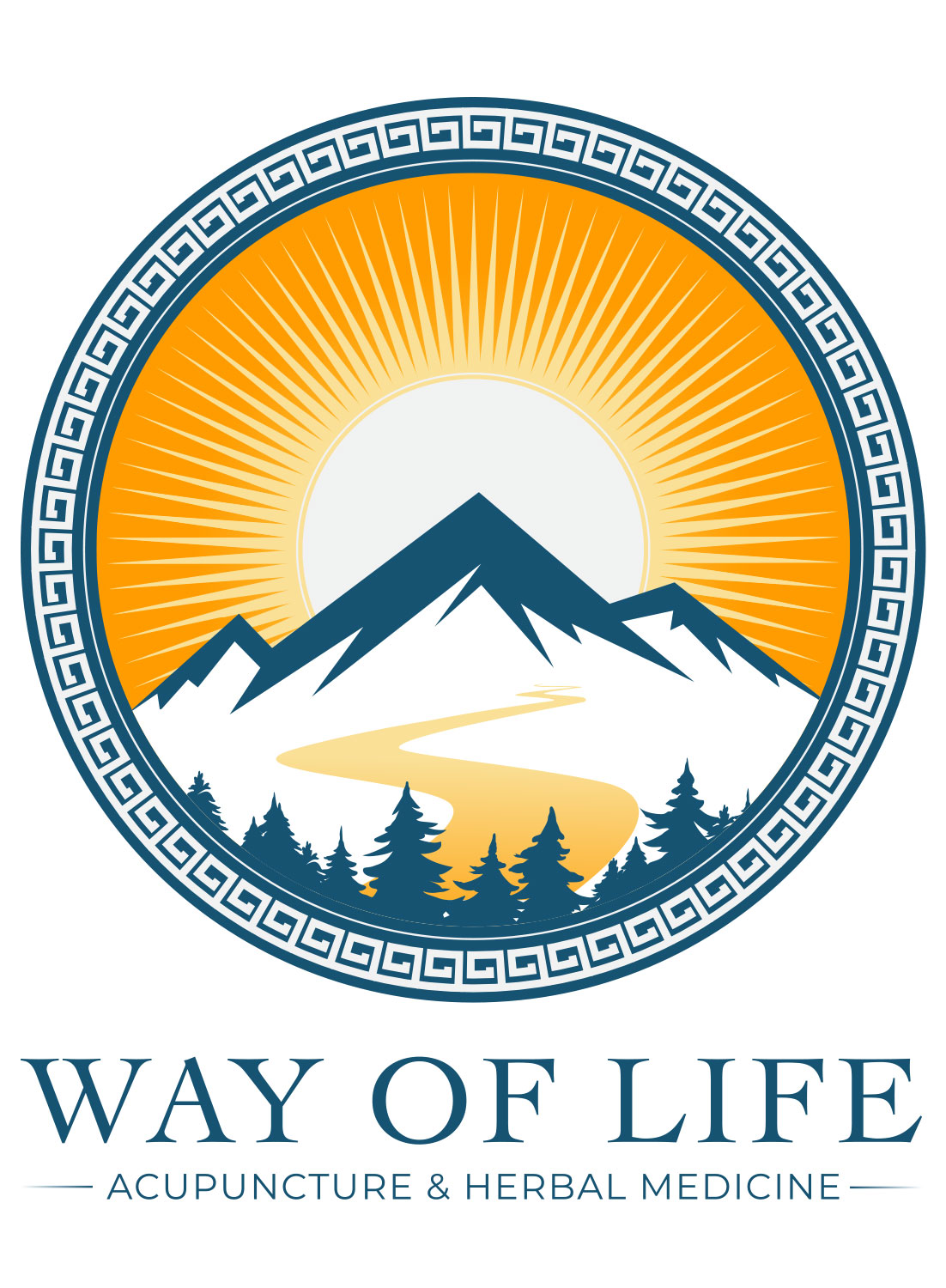The wisdom of Chinese medicine stretches back thousands of years, rooted in the rhythms of nature, observation of the cosmos, and the subtle interconnection of body, mind, and spirit. Today, many people encounter this tradition through what is known as Traditional Chinese Medicine (TCM)—a standardized system of diagnosis and treatment recognized globally. But what’s often less known is that Classical Chinese Medicine (CCM) and TCM are not the same thing.
To understand the difference, we have to take a look at the Cultural Revolution—a seismic event that dramatically shaped the landscape of Chinese medicine in the modern era.
Classical Chinese Medicine: The Art of Harmony
Classical Chinese Medicine refers to the rich tapestry of medical traditions that developed over centuries—from the Huangdi Neijing (Yellow Emperor’s Classic of Medicine), to Daoist alchemical practices, to the lineage-based teachings passed from master to apprentice. This approach emphasized individualized diagnosis, harmonizing internal imbalances, and working with the unseen energetic forces (Qi) of the body and the universe.
Practices were deeply embedded in philosophical frameworks like Daoism and Confucianism. Treatments often included herbal medicine, acupuncture, qigong, dietary therapy, and lifestyle cultivation. A Classical physician might adjust treatments in response to the season, the patient’s emotional state, or even astrological influences.
This was not a medicine of protocols—it was a medicine of relationship, pattern recognition, and adaptability.
The Cultural Revolution and the Rise of TCM
Fast forward to the 20th century. In the 1950s–1970s, China was undergoing radical transformation under Communist rule. During the Cultural Revolution (1966–1976), traditional culture—including religion, classical arts, and ancient texts—was viewed with suspicion or outright hostility. Many scholars and practitioners of Classical Chinese Medicine were persecuted. Lineages were disrupted. Taoist temples and old texts were destroyed.
And yet, the Chinese government saw value in preserving certain aspects of Chinese medicine—but it needed to be sanitized, standardized, and made more scientific in appearance. This gave birth to what we now call Traditional Chinese Medicine (TCM).
TCM was essentially a modernized, systematized version of Chinese medicine. It was distilled to fit into the biomedical framework, with a focus on reproducibility, standard formulas, and simplified diagnostic categories like “Liver Qi Stagnation” or “Spleen Qi Deficiency.” Western anatomy and pathology were blended into the curriculum.
TCM allowed China to present its ancient medicine to the world in a way that felt credible in a scientific age—but in doing so, much of the spiritual, philosophical, and experiential essence of Classical practice was lost.
What Was Lost—and What’s Being Reclaimed
While TCM made Chinese medicine more accessible globally, many modern practitioners are rediscovering the depth and nuance of Classical Chinese Medicine. They are returning to the old texts, studying with lineage holders, and exploring the Daoist roots of this profound healing system.
Some of the key differences include:
-
- CCM is more pattern-based, while TCM leans toward category-based diagnosis.
-
- CCM honors the spiritual and energetic dimensions of illness, whereas TCM often aligns with physical symptomatology.
-
- CCM practitioners may work more with seasonal attunement, cosmology, and internal cultivation practices like qigong or meditation as part of treatment.
In this revival, there is a growing respect for the “medicine behind the medicine”—the worldview that sees humans not as machines to be fixed, but as ecosystems to be harmonized.
Bringing the Two Together
Today, many practitioners weave elements of both TCM and CCM, offering a rich, multi-layered approach to healing. The clinical rigor of TCM can be powerful, especially in hospitals and research settings. But the soul of the medicine—the capacity to treat spirit, emotion, and destiny—is often found in the Classical roots.
Understanding this history empowers both practitioners and patients. It reminds us that healing is not just about removing symptoms, but about returning to alignment—with nature, with ourselves, and with the deeper flow of life.
Curious about Classical approaches to healing? Let’s explore how ancient wisdom can guide your modern journey toward wellness. Feel free to reach out or schedule a consultation.





